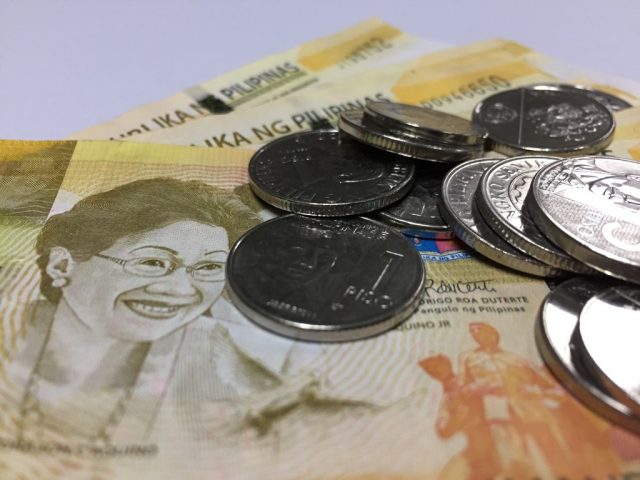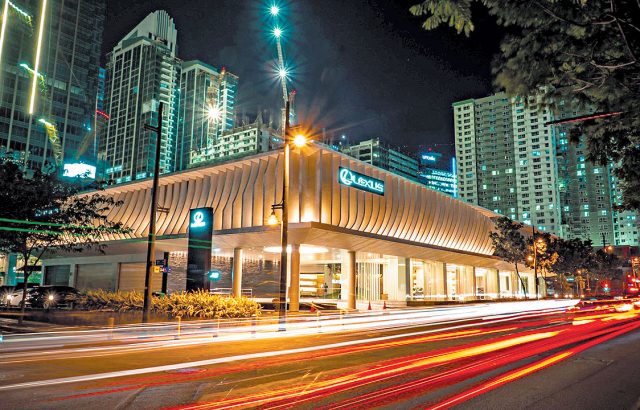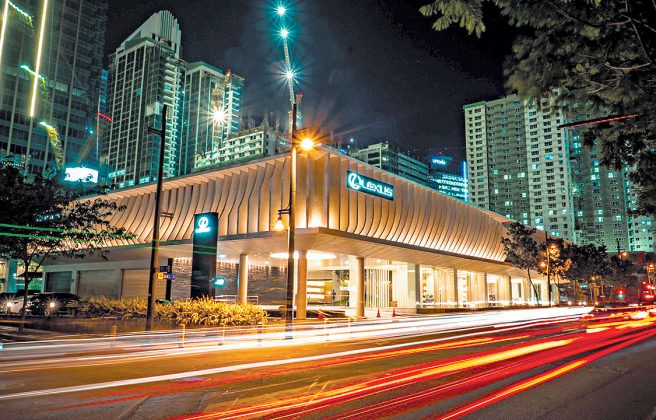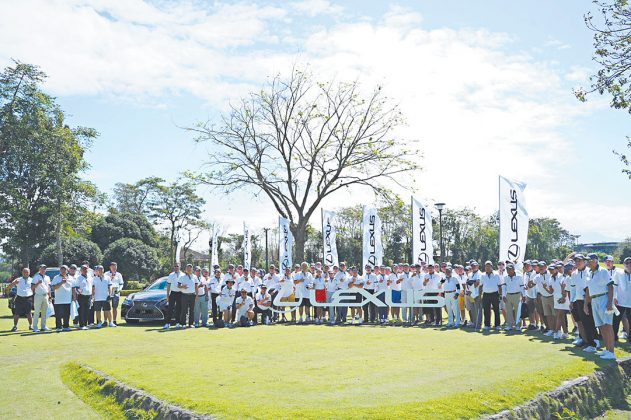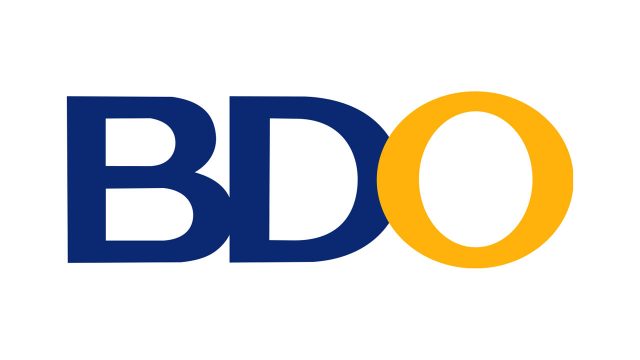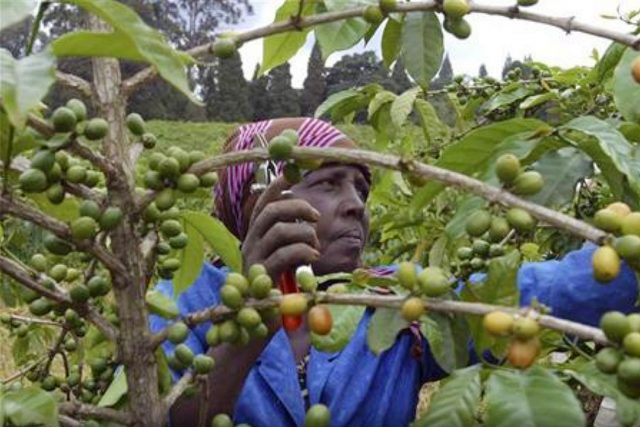IMPROVING asset quality of the Philippine banking system drove traders to stock up on shares in Sy-led BDO Unibank, Inc. last week.
A total of 9.54 million BDO shares worth P1.21 billion were traded from Jan. 10 to 14, data from the Philippine Stock Exchange (PSE) showed, making it the sixth most actively traded stock in the market.
BDO’s share price grew by 5.3% on a week-on-week basis to P129.50 apiece on Friday. Since the first trading day of the year, the stock’s price climbed by 7.9%.
“The movement in BDO’s price is mainly because of the steady improvement in the banking industry, both in terms of asset quality and expansion in the total loan portfolio,” Regina Capital Development Corp. Head of Research Luis A. Limlingan said in a Viber message.
Bad debts held by the Philippine banking system as a share of its total loan portfolio eased in November as the nonperforming loan (NPL) ratio reached an eight-month low of 4.35%, preliminary data from the Bangko Sentral ng Pilipinas (BSP) showed.
This was lower compared with October’s 4.42% but remained elevated from the 3.81% recorded in November 2020.
NPLs include credit left unpaid at least 30 days beyond the due date. They are considered risky assets and have a high risk of default, which could spell losses for the banks.
After rising to a 13-year high of 4.51% in July and August, the lenders’ NPL ratio has fallen as pandemic-related restrictions were relaxed, allowing businesses to expand operational capacity.
Soured loans held by the industry rose by 19% annually to P481.88 billion in end-November. Meanwhile, total loans disbursed grew by 4.3% year on year to P11.08 trillion as of November.
The central bank earlier said the NPL ratio could reach 5-6% by end-2021 before peaking at 8.2% by 2022.
BDO, for its part, recorded a 3.1% NPL ratio in the nine months to September.
Mr. Limlingan said the improvement in the bank’s NPL is likely to be stalled in the short term due to the spike in the coronavirus disease 2019 cases.
“However, this should only be temporary,” he said. “As business activities start to pick up again, hopefully in [the second half of 2022], the bank will likely go back to its path to recovery.”
Unicapital Securities, Inc. Equity Trader Cristopher Adrian T. San Pedro attributed BDO’s movement last week to “bullish January effect” on index heavyweights including financial issues, “fueled by the prospects of strong fourth quarter 2021 gross domestic product (GDP) report and earnings season.”
“The hawkish [Federal Reserve] on interest rates and strong US dollar might also prompt the BSP to recalibrate its monetary policy in the short term which could also benefit the banks in the country,” he said in a Viber message.
The Fed said in December that it would end its monthly $120-billion bond-buying program, aimed to shield the US economy from the economic fallout brought by the pandemic, starting this March. It also signaled that it could raise its near-zero policy rates three times this year.
Meanwhile, BSP Governor Benjamin E. Diokno said the local central bank is unlikely to raise its policy settings in the first semester as it waits for the economy to recover.
Currently, the country’s key rate — the overnight reverse repurchase rate — stands at a record low of 2%. Overnight lending and deposit rates are at 1.5% and 2.5%, respectively.
Mr. Diokno expects the economy to grow within the 7-9% government forecast this year. He also sees inflation settling near the midpoint of the 2-4% central bank target band for 2022.
BDO’s attributable net income almost doubled to P32.44 billion in the nine months to September as its loan provisioning normalized.
“We remain optimistic on the bank’s loan growth driven by consumer and corporate loan as renewed economic activity coupled with the vaccine rollout increased mobility,” Mr. San Pedro said.
He forecasts BDO’s net income to range between P32 billion and P35 billion in 2021. For this year, he pencils in a P46-billion bottom line for the bank.
Mr. Limlingan expects a “strong double-digit rebound” in BDO’s net profit in 2021, “nearly doubling” its 2020 net income.
BDO’s net income is “likely to inch closer” to its pre-pandemic level this year, he added.
“It’s kind of challenging to say where the stock is headed in the coming weeks,” Mr. Limlingan said, giving his resistance level at P133.80.
“However, there could be some pullback, as BDO is trading above its moving averages. BDO’s reliable support is at P121.60.”
Mr. San Pedro sees the bank to have P126 consolidated support level and P135 resistance, “with a potential target of P150 to P160 if it stays above P130 levels.” — Ana Olivia A. Tirona


